Papua New Guinea's Goroka Show - A Cultural Kaleidoscope
The Goroka Show in Papua New Guinea is a vibrant cultural extravaganza that serves as a kaleidoscope of indigenous traditions, colors, and rhythms. This annual event brings together diverse tribal communities to showcase their unique heritage through mesmerizing dance performances, intricate artisan crafts, flavorful cuisine, and spirited celebrations. The Goroka Show is not just a festival; it is a living tapestry of Papua New Guinea's rich cultural tapestry, where tradition and modernity blend harmoniously to create an unforgettable experience for visitors and participants alike.
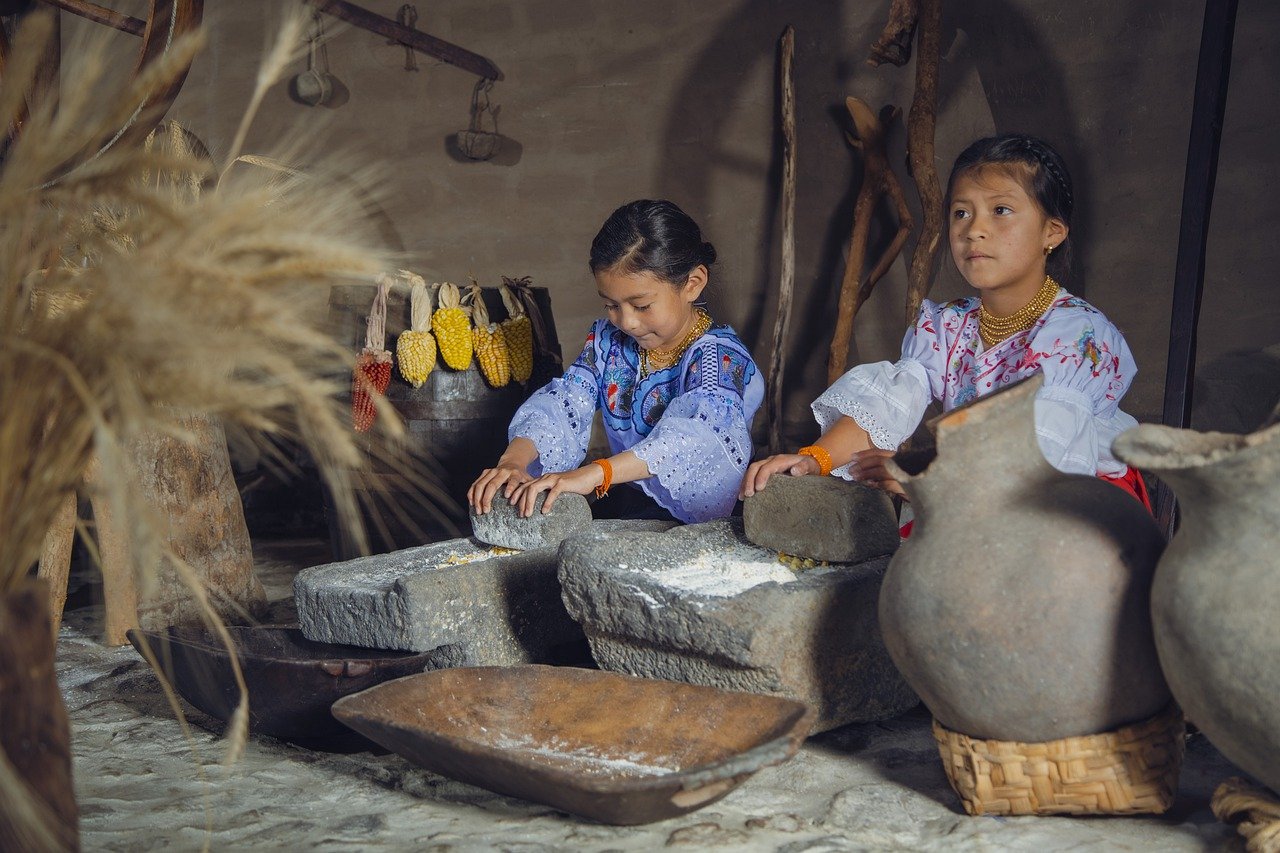
History of the Goroka Show
The Goroka Show, one of the most vibrant cultural festivals in Papua New Guinea, is a kaleidoscope of indigenous traditions, colors, and rhythms that captivate the hearts of visitors from around the world. This cultural extravaganza, held annually in the Eastern Highlands Province, is a celebration of the rich tapestry of Papua New Guinea's diverse tribal heritage.
The history of the Goroka Show dates back to the 1950s when Australian colonial officers organized the first event as a way to promote peace and unity among the warring tribes in the region. What started as a modest gathering has now evolved into a spectacular showcase of traditional dance, music, and craftsmanship, attracting thousands of participants and spectators each year.
As the years passed, the Goroka Show grew in popularity, becoming a symbol of cultural pride and identity for the indigenous communities of Papua New Guinea. The festival serves as a platform for tribes to express their unique customs, beliefs, and artistic expressions, fostering a sense of belonging and shared heritage among participants.
Through the decades, the Goroka Show has become not only a cultural spectacle but also a testament to the resilience and creativity of Papua New Guinea's indigenous peoples. It stands as a living testament to the enduring traditions and values that have been passed down through generations, transcending time and modernity.
The Goroka Show continues to enchant audiences with its mesmerizing performances, intricate crafts, and mouth-watering cuisine, offering a glimpse into the soul of Papua New Guinea's cultural mosaic. It is a testament to the power of tradition, community, and the human spirit, weaving a tapestry of stories that speak to the essence of what it means to be Papua New Guinean.
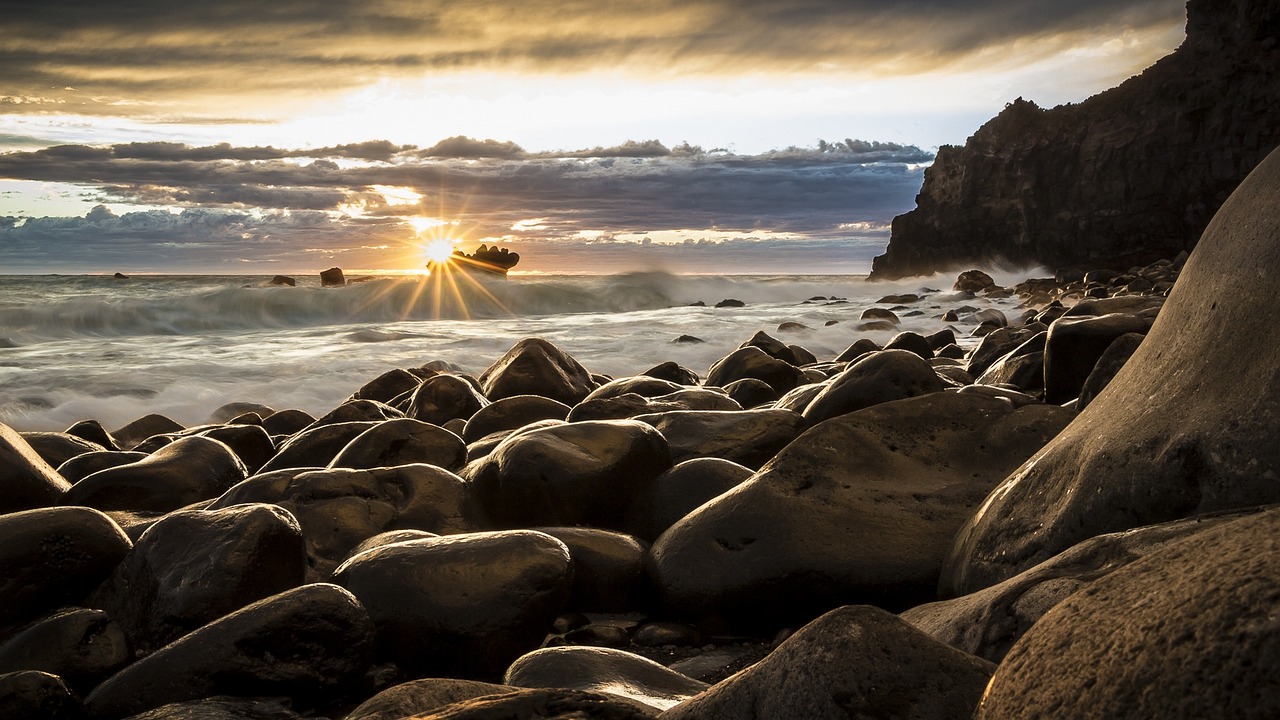
Significance of Cultural Festivals
Cultural festivals hold a profound significance in societies worldwide, serving as vibrant showcases of traditions, beliefs, and heritage. The Goroka Show in Papua New Guinea stands as a prime example of how these celebrations play a crucial role in preserving and promoting indigenous cultures. Through colorful displays of dance, music, and art, cultural festivals like the Goroka Show offer a platform for communities to express their identity and connect with their roots.
At the heart of cultural festivals lies the preservation of traditional practices that have been passed down through generations. These events serve as living museums, where ancient customs are brought to life, ensuring that age-old traditions are not forgotten in the face of modernization. The Goroka Show, with its vibrant array of performances and exhibitions, acts as a time capsule, preserving the rich cultural tapestry of Papua New Guinea's diverse tribal groups.
Moreover, cultural festivals foster community cohesion by bringing people together in a spirit of celebration and unity. They provide a space for individuals from different backgrounds to come together, share experiences, and forge bonds that transcend linguistic and social barriers. In a world marked by increasing globalization, these festivals serve as reminders of the importance of cultural diversity and mutual respect.
Another crucial aspect of cultural festivals is their role in promoting cultural exchange among different tribal groups. The Goroka Show serves as a melting pot of traditions, where various communities converge to share their unique practices and learn from one another. This cross-pollination of ideas and customs not only enriches the cultural landscape but also fosters a sense of mutual understanding and respect among diverse groups.
Furthermore, cultural festivals like the Goroka Show contribute to the economic development of indigenous communities by attracting tourists and creating opportunities for local artisans and vendors. The influx of visitors not only boosts the local economy but also raises awareness about the cultural heritage of the region, encouraging sustainable tourism practices that benefit both the community and the environment.
In essence, the significance of cultural festivals such as the Goroka Show extends far beyond mere entertainment. These events serve as powerful vehicles for cultural preservation, community building, and intercultural dialogue, highlighting the enduring importance of heritage in a rapidly changing world.
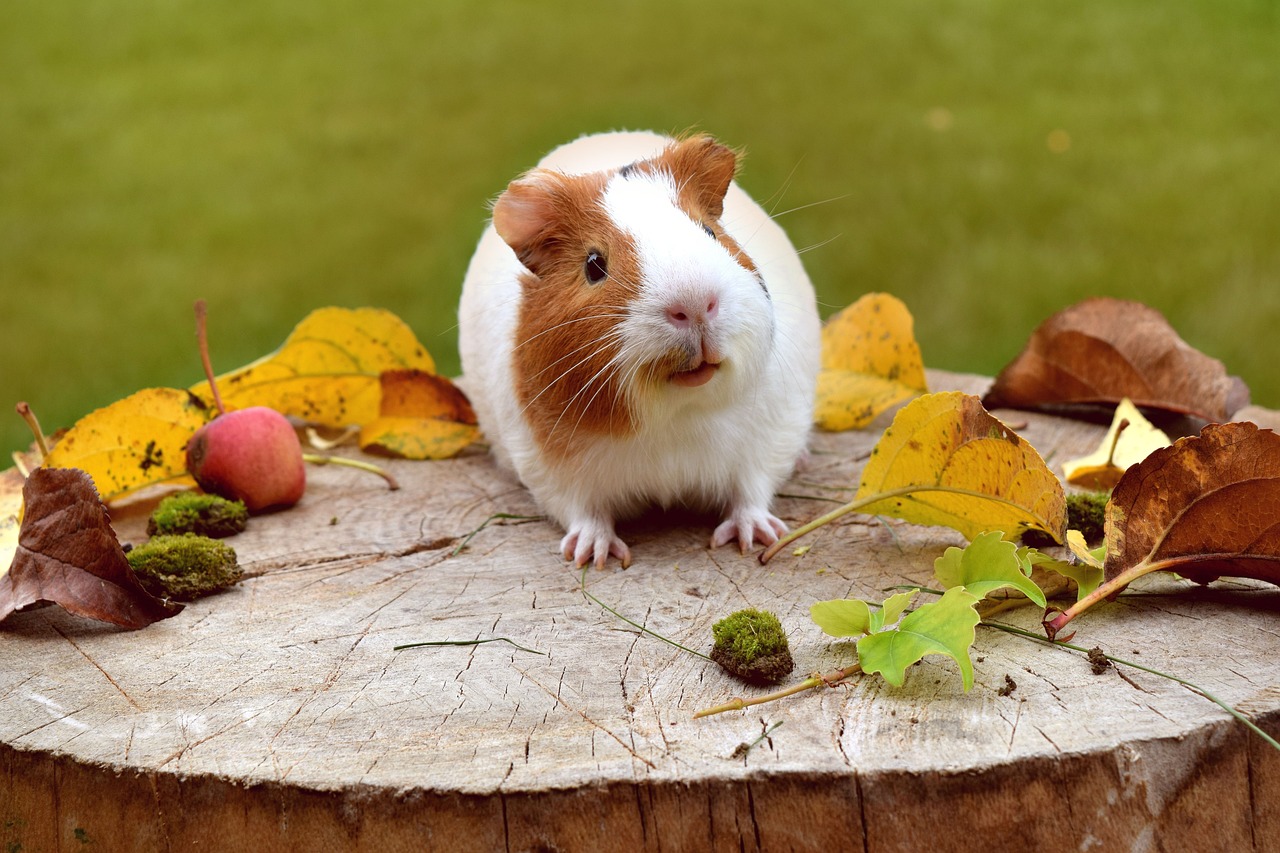
Traditional Dance Performances
Traditional dance performances at the Goroka Show are a mesmerizing display of Papua New Guinea's rich cultural heritage. Each dance tells a unique story, reflecting the traditions and beliefs of indigenous tribes in vibrant and rhythmic movements. The dancers, adorned in elaborate costumes and headdresses, move in harmony with the beat of traditional drums, creating a sensory spectacle that captivates the audience.
One of the most iconic dances at the Goroka Show is the 'Sing Sing,' where tribes gather to showcase their distinctive dances, songs, and body decorations. These performances are not merely entertainment but serve as a way to pass down oral history, myths, and legends from generation to generation. The intricate footwork, symbolic gestures, and energetic performances transport spectators to a world where tradition and modernity blend seamlessly.
Through dance, indigenous communities express their identity, spirituality, and connection to the land. Each movement is infused with meaning, whether it be a celebratory dance honoring a successful harvest or a solemn ritual paying homage to ancestors. The choreography is a living art form that evolves with time yet remains rooted in centuries-old traditions, embodying the resilience and vitality of Papua New Guinea's diverse cultures.

Artisan Crafts and Artwork
Artisan crafts and artwork play a pivotal role in the vibrant tapestry of the Goroka Show, showcasing the exceptional talents and cultural expressions of Papua New Guinea's indigenous communities. The intricate craftsmanship and artistic prowess displayed in the handmade items reflect the deep-rooted traditions and stories passed down through generations. From intricately woven bilums to colorful masks and ceremonial artifacts, each piece tells a story of cultural significance and artistic ingenuity.
Walking through the bustling marketplace at the Goroka Show, visitors are greeted by a kaleidoscope of colors and textures, with artisans proudly displaying their creations. The meticulous attention to detail in each handcrafted item is a testament to the skill and dedication of the artisans, who infuse their cultural heritage into every stitch, carve, and brushstroke. These artisan crafts not only serve as decorative pieces but also carry symbolic meanings and historical narratives that connect the present to the past.
One of the highlights of the Goroka Show is the live demonstrations of traditional craft-making techniques, where visitors can witness firsthand the intricate process of creating items such as pottery, wood carvings, and jewelry. These demonstrations not only showcase the technical expertise of the artisans but also offer a glimpse into the cultural significance and spiritual beliefs embedded in the craft traditions of Papua New Guinea.
Moreover, the vibrant artwork displayed at the Goroka Show reflects the diverse artistic expressions of the indigenous tribes, from bold geometric patterns to intricate designs inspired by nature. Each painting, sculpture, and textile piece carries a unique aesthetic that speaks to the rich cultural heritage and artistic vision of the creators. The fusion of traditional motifs with contemporary styles creates a dynamic visual language that celebrates the resilience and creativity of Papua New Guinea's artistic community.
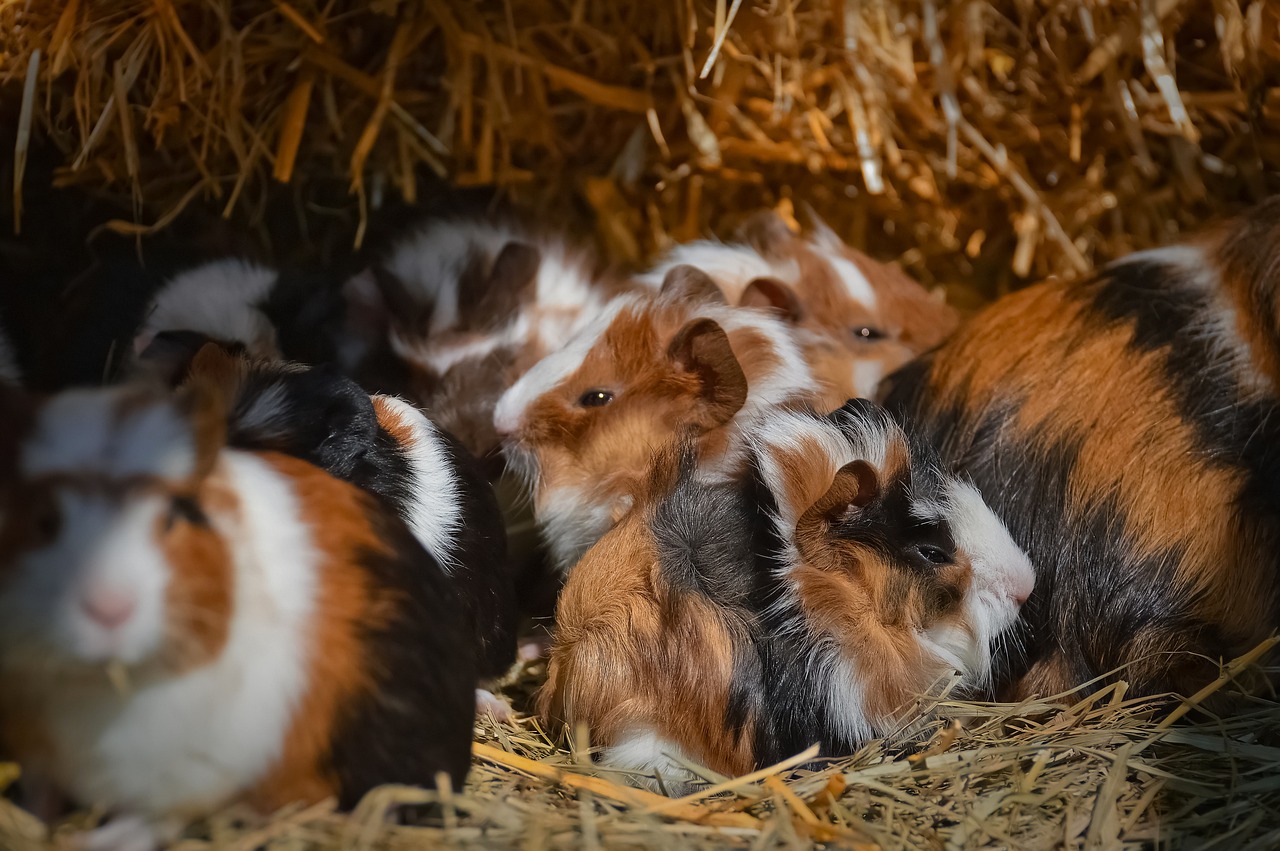
Culinary Delights and Traditional Cuisine
Indulge in the diverse culinary delights and traditional cuisine offered at the Goroka Show, providing a flavorful glimpse into the gastronomic traditions of Papua New Guinea's indigenous communities. The event serves as a feast for the senses, with a myriad of flavors and aromas that tantalize the taste buds and showcase the rich culinary heritage of the region. From earthy root vegetables to exotic fruits, each dish tells a story of tradition and history, passed down through generations.
Visitors to the Goroka Show can savor a variety of traditional dishes, such as Mumu, a beloved cooking method where meat and vegetables are wrapped in banana leaves and cooked in an underground pit. This slow-cooking process infuses the ingredients with smoky flavors, creating a unique and delicious meal that is a favorite among locals and tourists alike. Additionally, dishes like Sago pudding, made from the starchy pith of sago palms, offer a sweet and satisfying treat that highlights the use of indigenous ingredients in Papua New Guinean cuisine.
One of the highlights of the culinary experience at the Goroka Show is the vibrant display of tropical fruits, showcasing the bounty of the region's fertile lands. Visitors can sample exotic fruits like rambutan, mangosteen, and papaya, each bursting with freshness and tropical sweetness. These fruits not only provide a refreshing snack in the midst of cultural festivities but also represent the connection between the land and the people, emphasizing the importance of sustainable agriculture and local food production.
Moreover, traditional cooking demonstrations and food stalls at the Goroka Show offer a hands-on experience for visitors to learn about the preparation methods and cultural significance of various dishes. Whether watching skilled chefs create intricate dishes or trying their hand at cooking traditional recipes, attendees can immerse themselves in the culinary traditions of Papua New Guinea and gain a deeper appreciation for the cultural importance of food in indigenous communities.
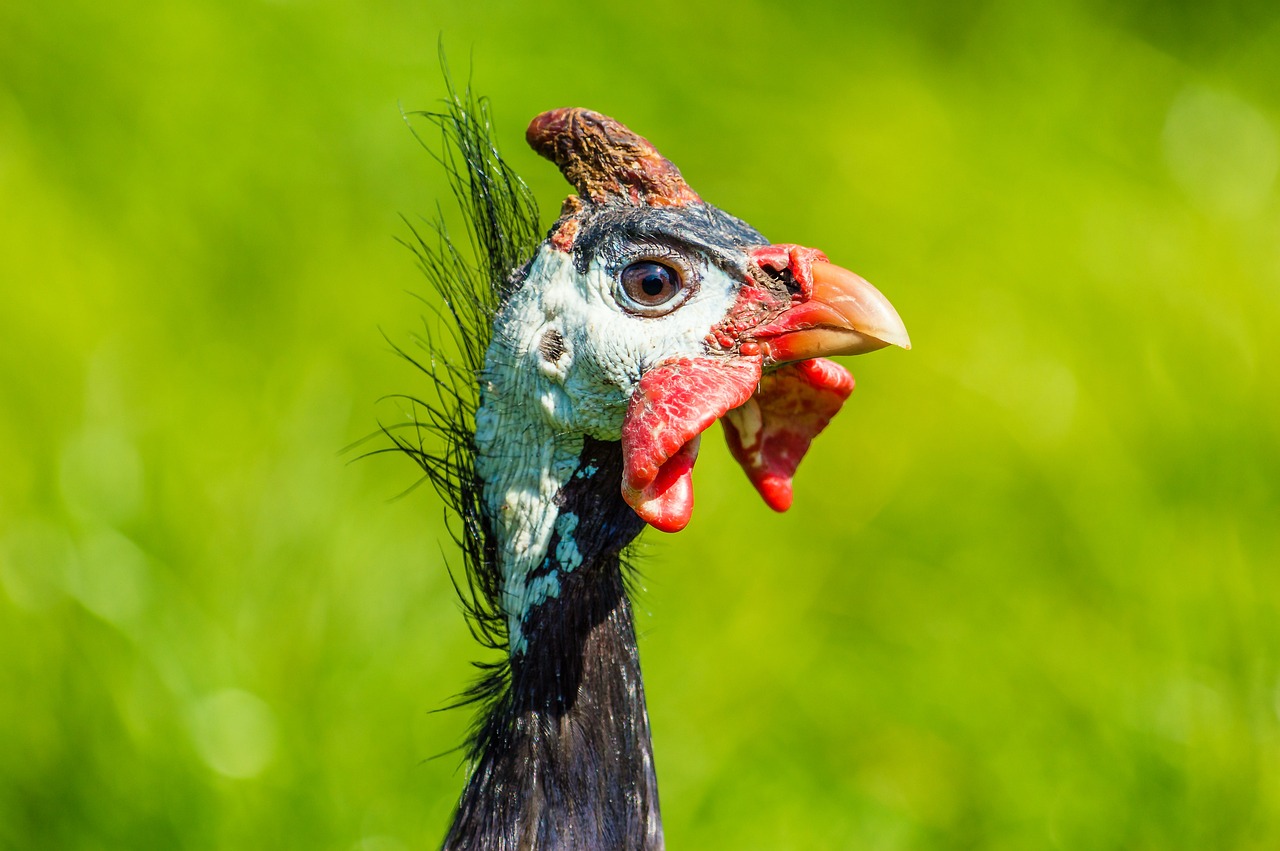
Impact of Tourism on Indigenous Communities
When it comes to the impact of tourism on indigenous communities, the Goroka Show serves as a prime example of the complex dynamics at play. As visitors flock to witness the vibrant cultural extravaganza, there is undoubtedly a surge in economic opportunities for the indigenous tribes participating in the event. Local artisans, performers, and vendors benefit from increased sales and exposure, contributing to the livelihoods of these communities.
However, this influx of tourism also brings forth challenges in terms of cultural preservation. As the traditional practices and customs showcased at the Goroka Show become commercialized for tourist consumption, there is a risk of diluting the authenticity and significance of these rituals. Indigenous communities may face pressure to adapt their traditions to cater to tourist expectations, potentially leading to a loss of cultural integrity.
Moreover, the sustainability of cultural festivals like the Goroka Show is a critical concern. The environmental impact of hosting large-scale events, such as waste generation and resource depletion, can have lasting consequences on the natural surroundings that indigenous communities rely on for their way of life. Balancing the economic benefits of tourism with the need to protect cultural heritage and environmental resources poses a delicate challenge for these communities.
Despite these challenges, tourism can also be a catalyst for cultural exchange and mutual understanding. The interaction between visitors and indigenous communities at events like the Goroka Show creates opportunities for cross-cultural dialogue and appreciation. Through these interactions, both tourists and locals can gain a deeper understanding of each other's traditions, fostering respect and empathy across cultural boundaries.
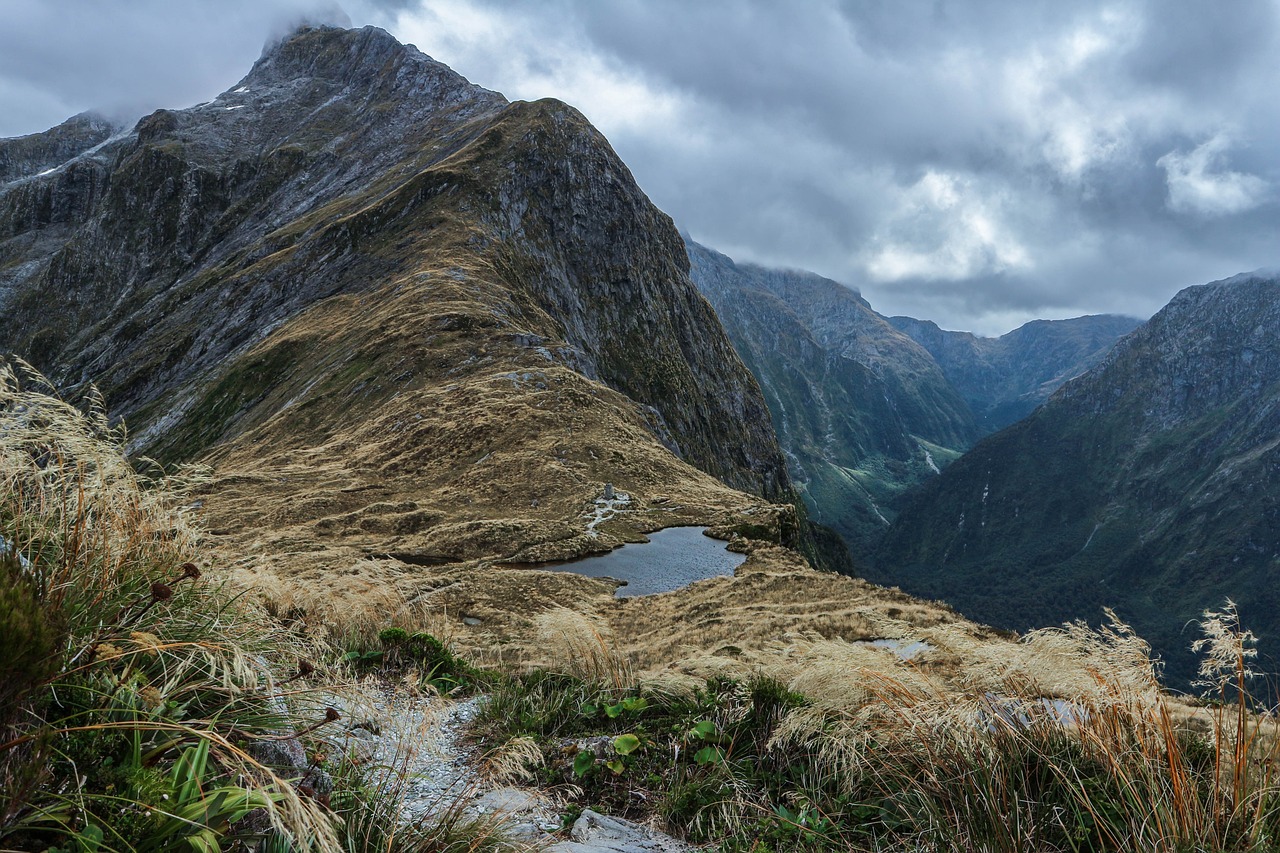
Role of Youth in Cultural Preservation
Youth play a pivotal role in the preservation and promotion of indigenous cultures, especially at events like the Goroka Show in Papua New Guinea. As the torchbearers of tradition, young members of indigenous communities actively participate in dance performances, craft demonstrations, and cultural showcases, ensuring that their heritage remains vibrant and relevant in a rapidly changing world.
Engaging in cultural activities not only connects the youth to their roots but also instills a sense of pride and belonging in their ancestral practices. By actively involving themselves in the Goroka Show and similar cultural festivals, young individuals contribute to the continuity of age-old traditions, passing down invaluable knowledge and skills to future generations.
Moreover, the enthusiasm and creativity of youth inject new energy and innovation into cultural preservation efforts. Through their fresh perspectives and modern interpretations, young participants breathe life into ancient customs, keeping them dynamic and evolving while still honoring their historical significance.
At the Goroka Show, the involvement of youth serves as a bridge between the past and the future, ensuring that indigenous cultures remain vibrant and resilient in the face of external influences. By embracing their cultural heritage and actively participating in traditional practices, young individuals not only safeguard their identity but also contribute to the overall richness and diversity of Papua New Guinea's cultural tapestry.
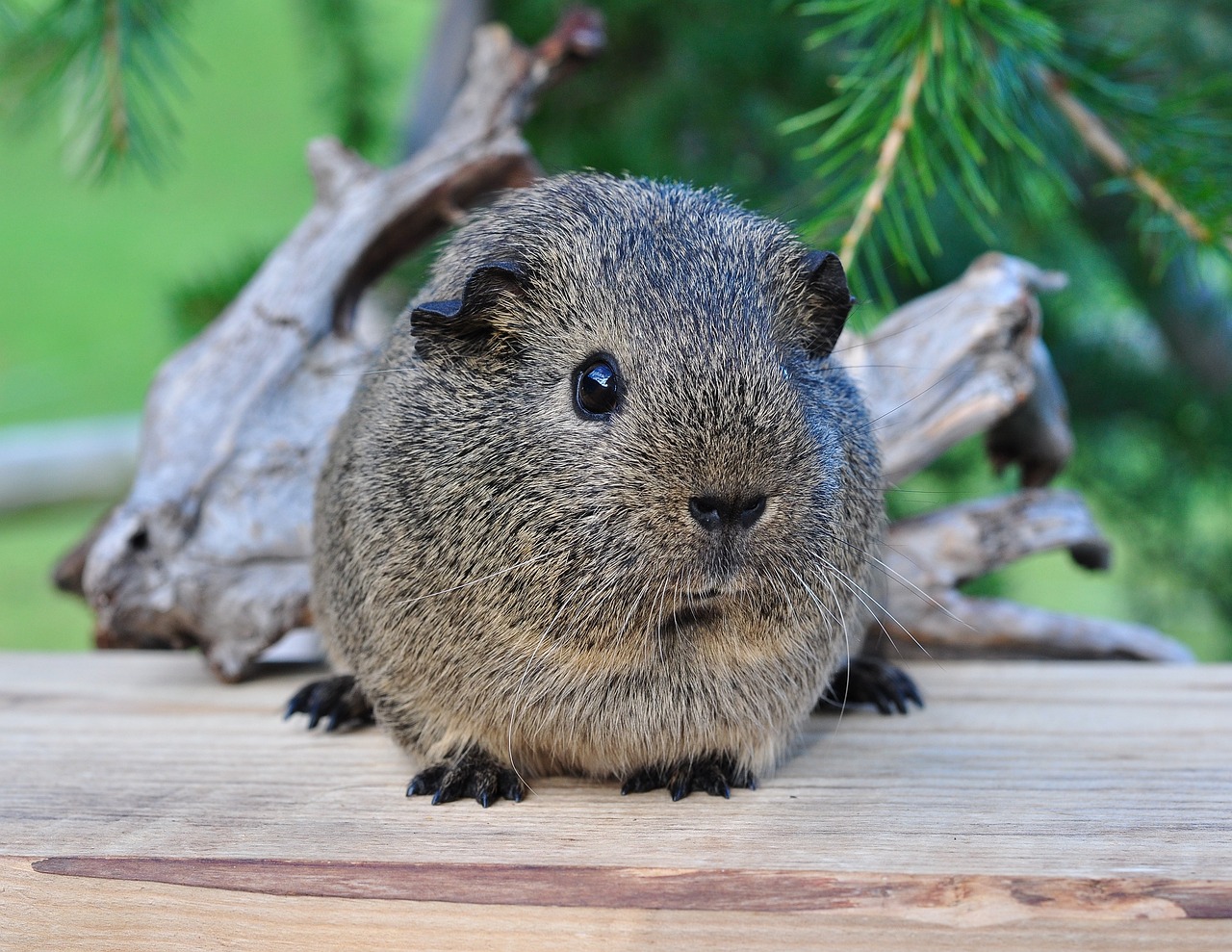
Environmental Conservation Initiatives
Environmental conservation initiatives play a crucial role in the sustainability of cultural festivals like the Goroka Show in Papua New Guinea. Organizers and local communities are increasingly incorporating eco-friendly practices to minimize the event's environmental impact and promote conservation efforts. One significant initiative is the promotion of waste management practices, including recycling and proper disposal methods, to reduce littering and pollution during the festival.
Furthermore, the Goroka Show has implemented measures to raise awareness about the importance of preserving the region's natural resources. Educational programs and interactive exhibits are set up to inform visitors about the unique ecosystems and wildlife found in Papua New Guinea, encouraging them to appreciate and respect the environment. By highlighting the interconnectedness between cultural heritage and environmental conservation, the festival aims to inspire a sense of responsibility towards nature.
In addition to waste management and educational activities, the Goroka Show also supports local conservation projects and sustainable development initiatives. Through partnerships with environmental organizations and government agencies, the festival contributes to biodiversity conservation, reforestation efforts, and community-based ecotourism projects. These collaborations not only benefit the environment but also empower indigenous communities to protect their natural surroundings for future generations.
Frequently Asked Questions
- What is the Goroka Show?
The Goroka Show is a vibrant cultural festival held in Papua New Guinea, celebrating the diversity of indigenous tribes through dance, music, traditional performances, artisan crafts, and culinary delights.
- When does the Goroka Show take place?
The Goroka Show typically takes place annually in September, attracting both local and international visitors eager to experience the rich cultural heritage of Papua New Guinea.
- Why is the Goroka Show significant?
The Goroka Show plays a crucial role in preserving traditional practices, fostering community cohesion, promoting cultural exchange, and showcasing the unique cultural identity of Papua New Guinea's indigenous tribes.
- What can visitors expect to see at the Goroka Show?
Visitors can expect to witness mesmerizing traditional dance performances, intricate artisan crafts, vibrant artwork, diverse culinary delights, and environmental conservation initiatives that highlight the cultural richness of Papua New Guinea.
- How does the Goroka Show impact indigenous communities?
The Goroka Show provides economic opportunities for indigenous communities, but also poses challenges in cultural preservation and sustainability, emphasizing the need for responsible tourism practices.
- What is the role of youth in the Goroka Show?
Youth play a vital role in preserving and promoting indigenous cultures at the Goroka Show, empowering the next generation to safeguard their heritage and identity for future generations.
- Are there any environmental conservation efforts at the Goroka Show?
Yes, the Goroka Show integrates environmental conservation initiatives to emphasize sustainable practices and protect the natural resources that are essential to Papua New Guinea's cultural heritage.



















